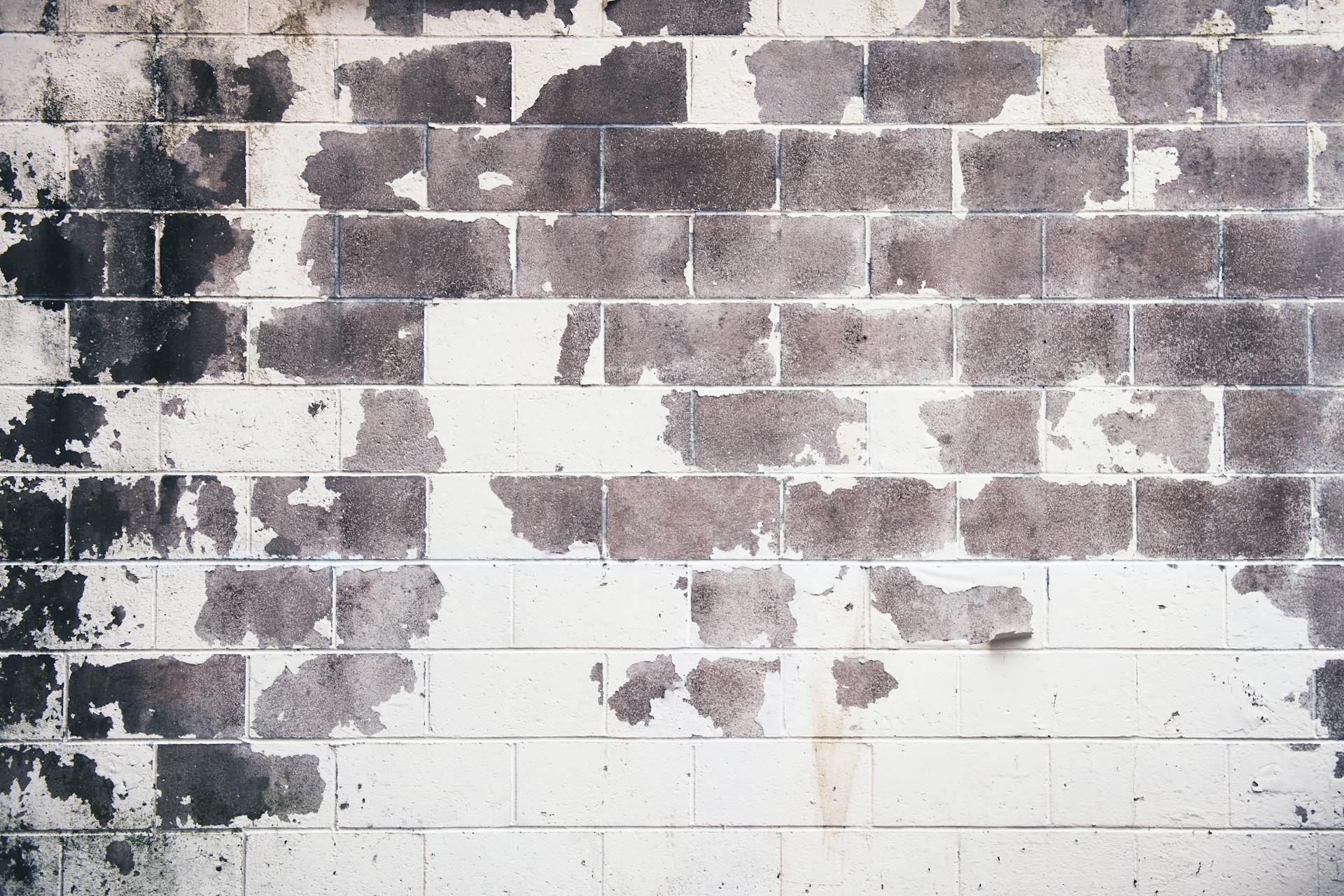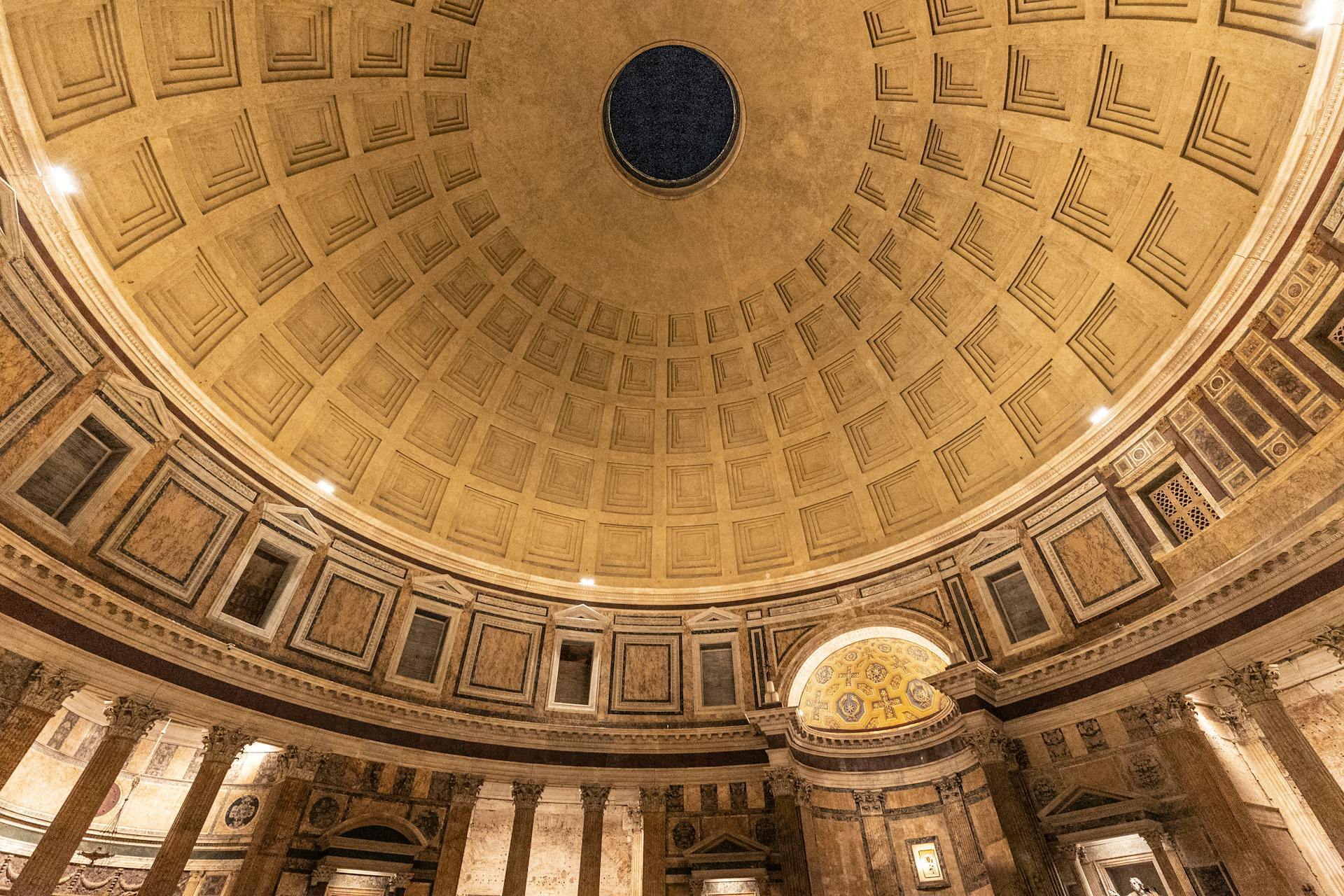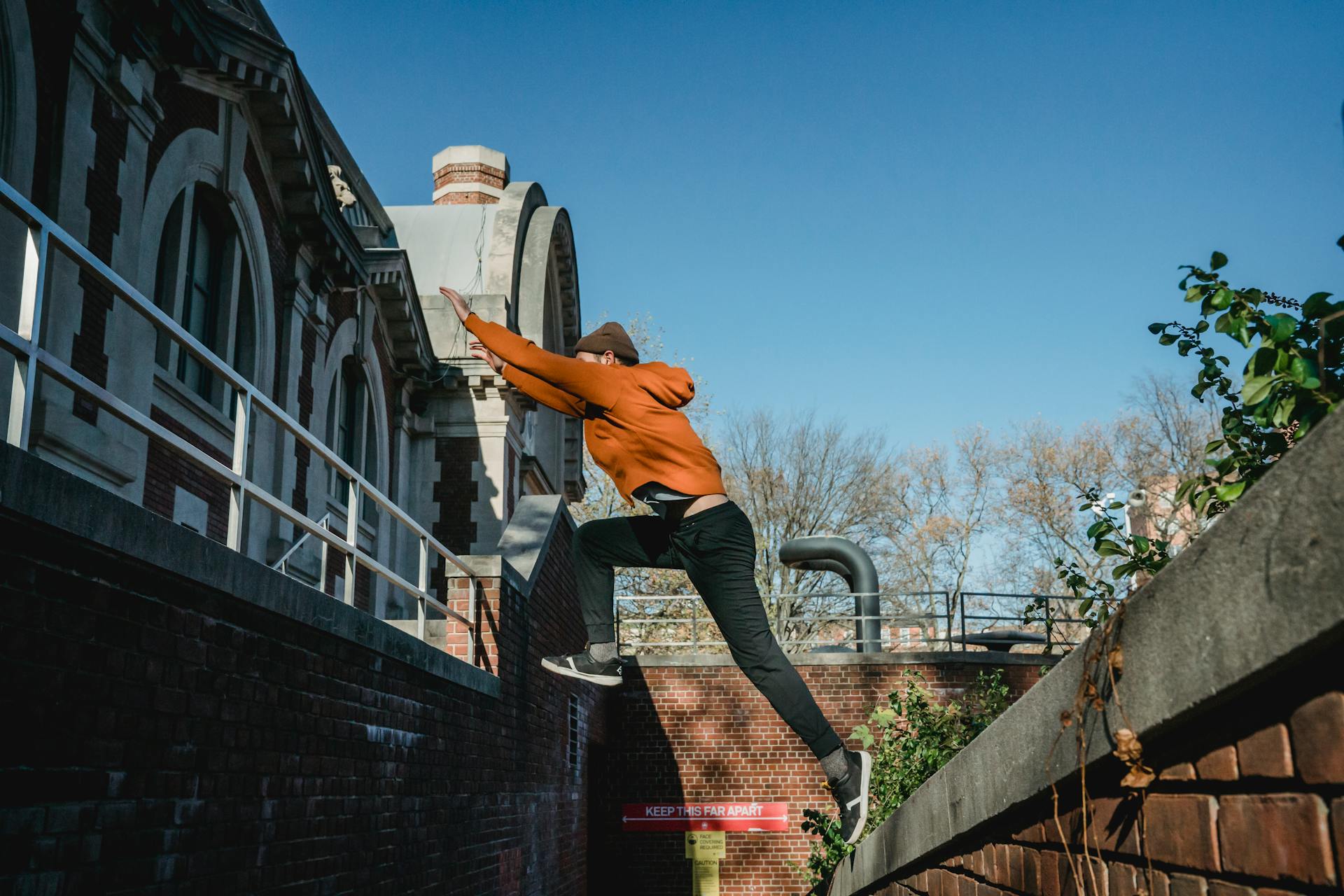
Designing with brick is a hot topic in the world of architecture and construction. Brick has been used for centuries due to its durability and versatility. In recent years, it has made a comeback as a popular building material for both residential and commercial properties. From the Wheeler Avenue Baptist Church in Houston to modern office buildings in downtown Manhattan, designing with brick offers endless possibilities.
Acme Brick is one of the largest producers of brick in North America, offering an array of colors including white and even black brick. But why choose brick over other materials? In this complete guide, we will take a quick overview of the benefits of designing with brick – from its aesthetic appeal to its energy efficiency and low maintenance requirements. Whether you are an architect, contractor, or homeowner, understanding the advantages of using brick can help you make informed decisions when it comes to your next building project.
Quick Overview of the Tale:

Brick has been around for over 100 years, but this age-old material continues to meet modern demands. Top architects like Robert Ting have used brick in some of their favorite projects, showcasing the design flexibility and diverse design capabilities that ting works with. The technology surrounding brick may have advanced, but the endless possibilities for colors, shapes, thickness textures are still available to architects today.
Acme Brick is one company that is manufacturing innovative solutions for designing with brick. Their prefabricated building cladding system offers both durability and aesthetic appeal. The rhythm ting achieves in his designs using brick is truly remarkable - from the city's oldest high schools to modern office buildings; he creates timeless structures that stand the test of time.
At the beginning of brick production, only a few colors and shapes were available. However, technology has changed that dramatically over the years - now there are hundreds of colors and variations in texture available to designers. The fact remains that although technology may have improved, it hasn't changed what we can do with brick - there are still endless possibilities when it comes to designing with this versatile material.
Discover the Narrative: Explore Our Shop Collection

When it comes to designing with brick, we offer a unique collection in our shop that is sure to inspire. From classic red bricks to rustic and weathered options, our collection has something for every taste and style. Each brick tells its own story and adds character and charm to any space. Explore our shop today to discover the narrative behind each of our carefully curated bricks.
1. Tile School: Brick 102
In Brick 102 of Tile School, we learn that brick can be used in a variety of design styles from traditional to modern. It's important to consider the color and texture of the brick when selecting it for your project. Additionally, incorporating other materials like wood or metal can enhance the overall aesthetic.
2. Brick in Commercial Design
Brick has been a popular material in commercial design for centuries. It offers durability, versatility, and a timeless aesthetic that never goes out of style. With its wide range of colors, textures, and patterns, brick can be used to create everything from modern, sleek facades to rustic, charming storefronts. Whether you're designing a new space or renovating an existing one, brick is definitely worth considering as a key element in your commercial design plans.
3. Tile School: Understanding Brick Trim
"Brick trim" is a type of ceramic tile used to edge or finish off an area tiled with larger brick tiles. It's often smaller in size and designed to mimic traditional brick shapes like soldier or sailor courses. By incorporating brick trim into your design, you can create a cohesive look that pulls everything together.
4. New Norman Brick and More
New Norman Brick is a versatile material when it comes to designing with brick. With its classic look, Ted Ryan and other architects can use this brick for both modern and traditional designs. Plus, it's durable and low-maintenance, making it a great choice for any project.
Brick: A Tale of its Past
Brick is one of the oldest building blocks in human history. The earliest bricks were made from mud and dried in direct sunlight, known as adobe brick, and can be traced back to the Jordan River Valley and Upper Tigris Region in Southern Turkey. The oldest bricks found date back to 7500 BCE, during the time of wheel agriculture, which was a significant advancement for human society.
Throughout history, brick has been used in some of the world's most iconic designs. From the Taos Pueblo in post-colonial America to colonial architecture in the United States, brick has been a favorite material for practicality and visual appeal. In fact, the world meaning brick coincides directly with its strength and practicality as a building material that can withstand harsh environments.
In addition to its strength and practicality, brick has also been used for more unique applications throughout history. For example, bread bricks were once used as an alternative to firewood for baking bread in ancient Mesopotamia. Water bricks were also used to keep food cool before refrigeration was invented. Today, designers continue to use thin mortar techniques to create stunning modern applications while still honoring brick's rich history.
1. Frederick C. Robie House
The Frederick C. Robie House is one of Frank Lloyd Wright's landmark masterpieces designed in the prairie style, paying homage to the environment he chose for this midwestern home. The use of wide roman brick creates a horizontal emphasis, adding to its linear appearance with horizontal joints and offset bricks. The red mortar flush against the white mortar gives it deeply defined horizontal lines that are an iconic feature of Wright's design.
2. V.C. Morris Gift Shop
The V.C. Morris Gift Shop, designed by Frank Lloyd Wright in 1948, is a stunning example of how brick can be used to create an inviting and unique space. Located in San Francisco, California, Wright chose brick for its ability to offset the bricks to cover the windows and encourage would-be window shoppers inside. The straight-set brick forms also create a dramatic half-brick half-glass arch that adds to the overall design aesthetic of the building.
3. National Assembly Building
The National Assembly Building in Dhaka, Bangladesh is an inspiringly bold building designed by austere architect Louis Kahn. With its modernist design, the brick responded to the architects' vision in a way that literally talks. The building is a testament to how brick can be used in contemporary architecture and how Bangladesh Kahn redefined modernism with his innovative use of materials.
4. Muuratsalo Experimental House
Finnish architect Alvar Aalto began designing the Muuratsalo Experimental House in 1952 as a summer cottage for him and his late wife. The house stands as a testament to his experimentation with over 50 types of raw materials and arrangements, experimenting with human expression through permanent brick structures. The result is a stunning example of how designing with brick can make sense in both form and function.
5. Kolumba Museum
The Kolumba Museum sits on the site of the St. Kolumba 9th-century church in Cologne, Germany. Architect Peter Zumthor designed the museum to not only protect the works of art inside but also to showcase them through its brick facade accentuated by natural light shining through. The building's protective walls create a sense of reverence for the art and history within, making it a must-visit destination for lovers of both design and culture.
6. UCLA Botany Building
When designing UCLA's Botany Building in 1957, legendary Los Angeles architect Paul Revere Williams sought to create a building that would blend seamlessly with the existing environment, specifically the Westwood Campus's sprawling botanical garden. To achieve this, Williams turned to brick and breeze blocks, materials that would endure decades while also providing an academic appearance. Using ample glass and a vast glass facade at the buildings' entrance, Williams featured natural light and stunning views of the surrounding flora in students' lesson plans. The brick served as a subtle backdrop that allowed nature to take center stage.
7. The School of Dancing Arches
The School of Dancing Arches in Bhadran, India built by architect Samira Rathod is a stunning example of designing with brick. The hulking brick arches and windows in the classrooms create an unconventional shape that defies logic. This building is meant to inspire students to dream big, ignoring preconceptions, and find their own apt foundation. The nooks intended for a child's imagination make this children's school one of a kind in the world rendered with dancing arches.
8. Birmingham Civil Rights Institute
The Birmingham Civil Rights Institute, located in Birmingham Alabama's historic civil rights district, is a living institution sitting rightfully at the forefront of the historic movement towards human rights. Designed by Max Bond Jr, one of the most prominent black architects of our time, this building features extensive brick encompassing archives, galleries, community meeting rooms, exhibition space and administrative offices. A wide brick staircase leads to a brick rotunda capped with a dramatic dome – a fitting focal point for this iconic symbol of justice and equality.
Frequently Asked Questions
What are the pros and cons of brick homes?
Brick homes are durable, low maintenance, and energy-efficient. However, they can be expensive to build, have limited design options, and may require additional insulation for colder climates.
Is brick a good home building material?
Yes, brick is a very durable and energy efficient home building material that can last for centuries with proper maintenance. Additionally, it provides excellent sound insulation and fire resistance.
Why did they use glass bricks for the lower half of the building?
Glass bricks were used for the lower half of the building as they allow natural light to penetrate deeper into the structure, creating a more inviting and visually appealing environment.
What kind of bricks are used in the project?
The project uses clay bricks that are durable and long-lasting. They are also eco-friendly and contribute to a sustainable future.
What are the benefits of brick walls?
Brick walls provide durability, low maintenance, fire resistance, and energy efficiency to a building. They also offer natural insulation and reduce noise pollution.
Featured Images: pexels.com


